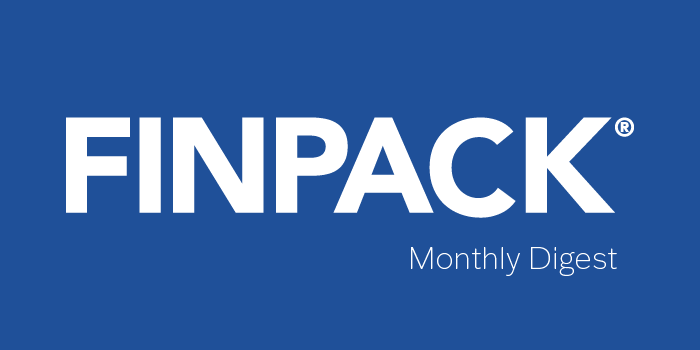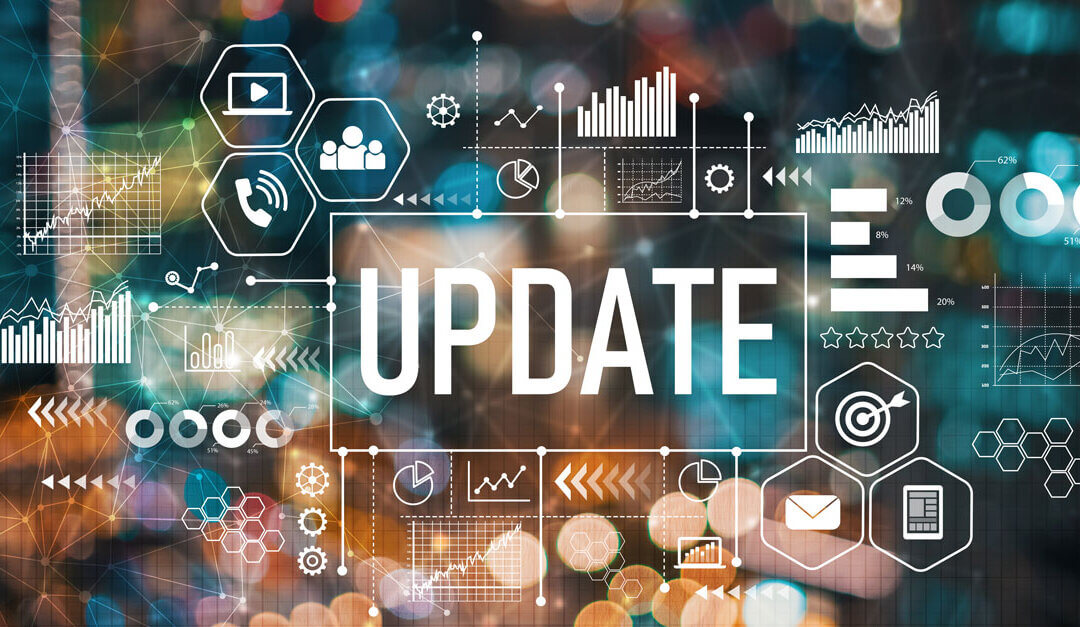
Each financial institution has its own unique credit culture, and FINPACK is designed to reflect that culture in its tools. FINPACK allows for the customization of its Credit Analysis tools including Collateral Analysis, Credit Decision Scorecards, Risk Reports, and Presentations. This customization is available for both agricultural and commercial files. Over the coming weeks, we’ll take a look at these customizable tools, starting with Credit Decision Scorecards.
Why Use Credit Decision Scorecards?
Scorecard lending is not a quick and easy solution to every credit decision. For larger or more complex loan requests, in-depth analysis is, of course, vital. But the use of scorecards as a tool to evaluate loan requests is increasing as lenders realize it offers two main benefits. First, for relatively straightforward loan requests — a smaller loan request from a reliable customer with a solid credit history, for example — applying some basic criteria can be sufficient for you to make a decision quite quickly, allowing your customer to make the business decisions they need to make and also improving your capacity. Second, even more complex credits can be filtered through a scorecard system. By applying the metrics you’ve determined, you may pre-qualify a loan prior to the main credit analysis, or you may realize the extent and depth of the analysis needed. Scorecards, then, can speed up the processing of straightforward credit decisions, and inform the analysis of more complex loan requests.
Your Scorecard
All Credit Decision Scorecards are built on a model, and your institution determines how that looks. Depending on your preference, you may want to build a model from scratch, determining your criteria, then crafting the scorecard from those. Credit analysis solutions like FINPACK also offer models you can adopt or adapt to better meet the needs of your credit policy. Additionally, you can (and probably should) have multiple models that can be applied to all the scenarios you’d like to score.
In short, depending on the model you use, the principal(s) concerned, and the nature of the loan request, a well-designed Credit Decision Scorecard allows you to:
- Determine if an application meets minimum requirements so as to proceed to the next step of the process
- Determine if the applicant is so strong and the request carries so little risk, that the Scorecard will suffice and no greater credit scrutiny is required
Creating the Model
To design your scorecard, start with the “yes or no” questions you want to use to qualify the credit — “yes” answers representing positive markers. When building the model, you’ll determine how many “no” answers (if any) are acceptable to still qualify the credit.
The second part of the model is to define custom criteria such as credit scores and the limits of each for qualification. Keep in mind, you might decide to use a scorecard as the first step or prequalification when initially evaluating a credit, so this step can be completed without having a great deal of information already entered in the customer’s credit analysis file.
Lastly, the financial criteria and their qualifying limits are established in the model. Again, the qualification criteria and thresholds are determined by credit administration when the model is built. Additionally, exceptions are allowable in the model, if agreeable per your credit policy.
Summary
Once your Credit Decision scorecard model is built, it can be made available to all users at your institution to streamline the process for approving small, straightforward borrower credit requests, for consumer loan requests, or to pre-qualify a loan request, helping to get the credit analysis off to a good start. You can find detailed video walkthroughs on Credit Decision Scorecards at FINPACK Online Training, included for all lenders as part of their system-wide license. And of course, as with any aspect of FINPACK you may want to customize, our FINPACK Support team is available to help by phone, email or Zoom.
Next week, we’ll look at Presentations.
Connect with FINPACK
Don’t forget to follow FINPACK on Facebook, Twitter and Instagram, or connect with us on LinkedIn, and be sure to subscribe to FINPACK News email updates.






